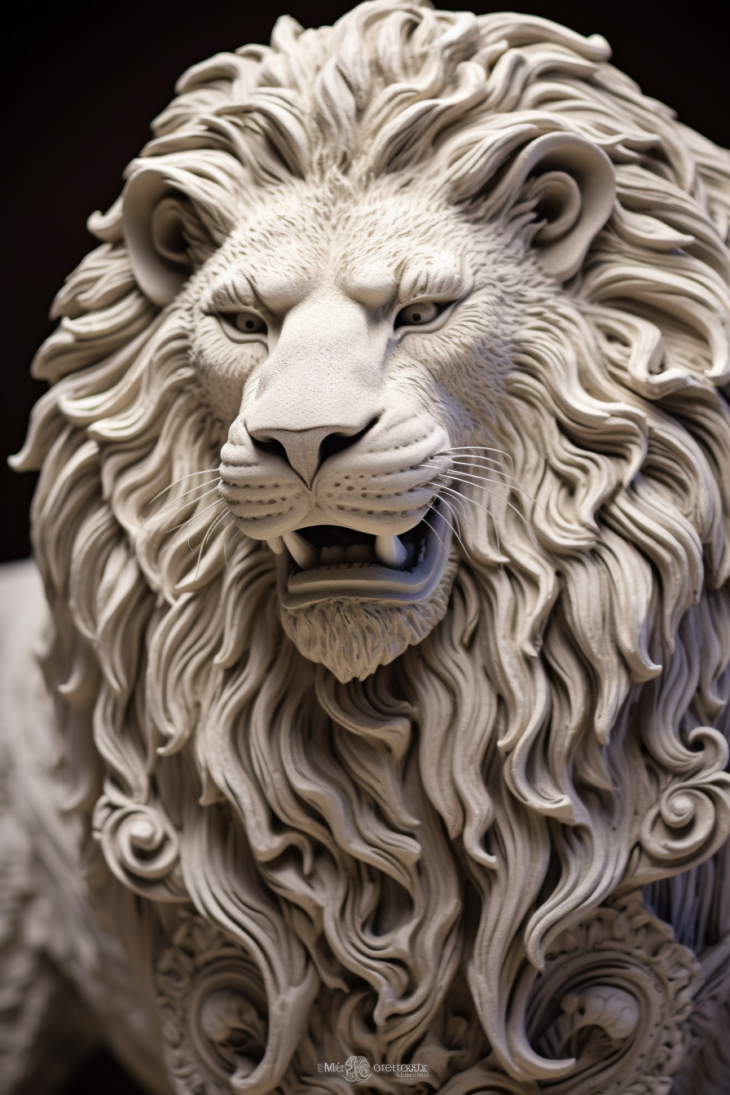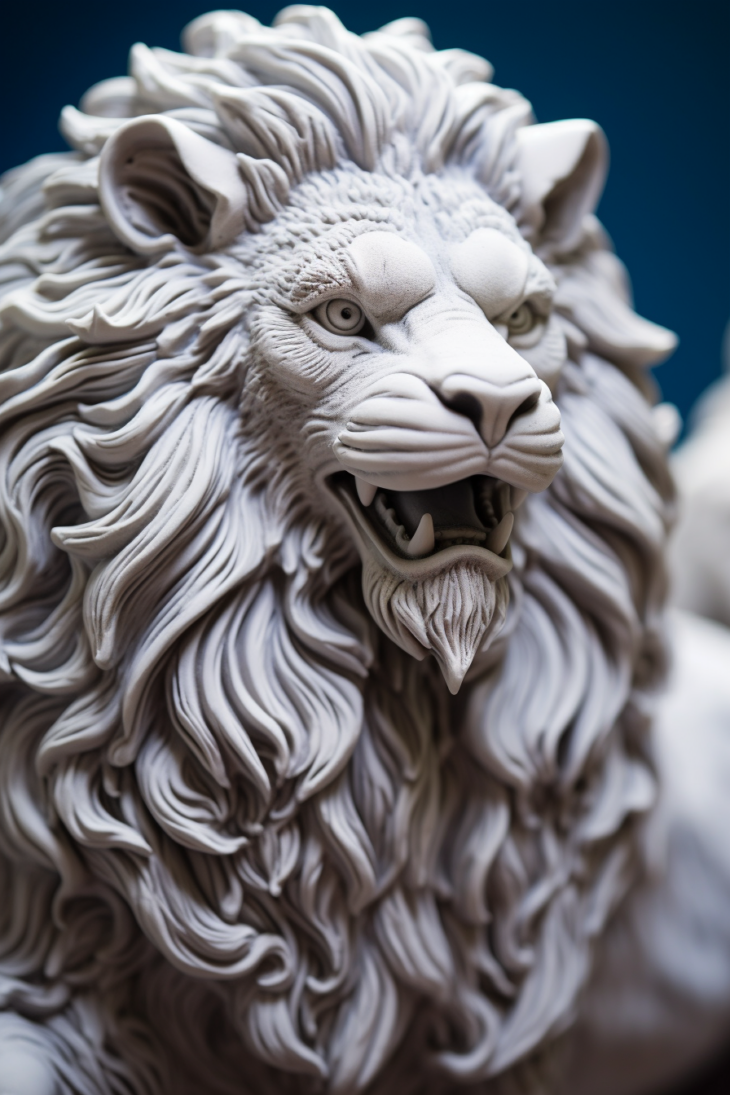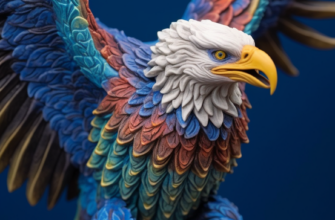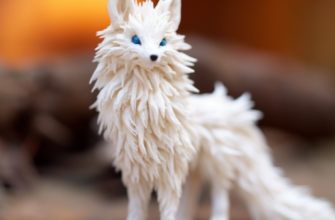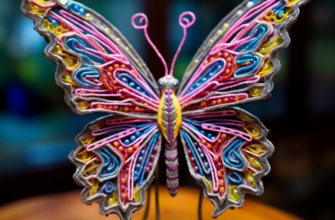The art of sculpting with polymer clay provides a remarkable medium for artists to bring their imagination to life. Among the awe-inspiring subjects that can be transformed into intricate sculptures, lions stand out as a symbol of strength, power, and majestic beauty. In this comprehensive guide, we will explore the steps and techniques involved in sculpting a lifelike lion from polymer clay, unraveling the secrets to capturing the essence of the king of the jungle.
To embark on this artistic endeavor, gather the essential materials for polymer clay sculpting. Acquire various shades of polymer clay that will form the lion’s body, mane, and features. Additionally, collect sculpting tools, including blades, needle tools, ball styluses, and shaping tools, to shape and refine the clay. A work surface, an oven for baking the clay, and sandpaper for refining edges are also necessary for a smooth sculpting process.
Once your materials are ready, the first step is to condition the polymer clay. Knead and manipulate the clay until it becomes soft and malleable, ensuring that any air bubbles or inconsistencies are eliminated.
Begin by sculpting the lion’s body, rolling and shaping a piece of clay into a basic form that represents the underlying structure. Pay close attention to the proportions and muscular contours, striving for a lifelike appearance. Utilize sculpting tools to add depth and texture to the body, creating realistic curves and muscle definition.
Next, focus on the lion’s defining feature – the magnificent mane. Roll out thin sheets of clay in appropriate colors and cut them into strips or individual strands. Attach the strands to the lion’s head using a small amount of liquid polymer clay or adhesive, carefully layering and arranging them to mimic the flowing and voluminous nature of a lion’s mane. Take time to consider the direction and placement of the strands, as they greatly contribute to the sculpture’s overall impact.
Sculpting the lion’s facial features is a critical step in capturing its essence. Pay special attention to the eyes, nose, and mouth, as these details are key to expressing the lion’s power and character. Use sculpting tools to create realistic textures, such as the rough texture of the nose or the soft fur around the eyes. Take inspiration from reference images or observations of real lions to ensure accuracy and authenticity in your design.
After sculpting the lion’s main features, it’s time to add those intricate finishing touches. Use sculpting tools to create fine lines and fur-like textures, adding depth and realism to the sculpture. Refine the edges and smooth out any imperfections using sandpaper or a fine-grit emery board, ensuring a polished and professional finish.
Before baking the sculpture, take a moment to review the lion’s overall composition and make any necessary adjustments. Once satisfied, follow the baking instructions on your polymer clay’s packaging to cure the piece in the oven. Baking temperatures and durations may vary, so be sure to adhere to the specific guidelines provided by your chosen brand.
Once the lion has cooled, you can enhance its magnificence with the application of paint or varnish. Adding subtle colors can bring out the lion’s features and provide depth to the sculpture. Applying a layer of varnish will give the lion a glossy finish, protecting the sculpture and intensifying the colors of the polymer clay.
With the completion of your polymer clay lion sculpture, you will have created a striking and regal masterpiece that captures the power and allure of these majestic creatures. Display your creation with pride, whether as a focal point in your home, as part of a wildlife-themed art installation, or even as a gift to inspire and impress others with your artistic talent.
Sculpting a lion from polymer clay is not merely an artistic pursuit, but an opportunity to connect with the awe-inspiring beauty of nature. Let your creativity roar as you embark on this extraordinary journey into the world of polymer clay sculpture.
